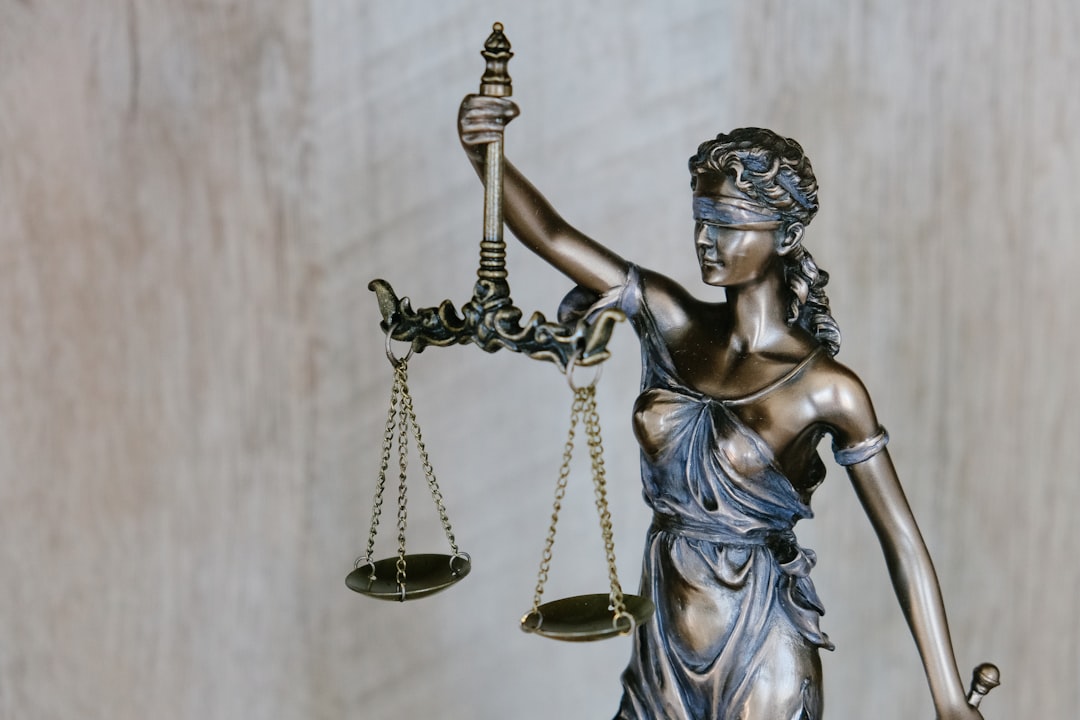Lighting is a critical yet often overlooked component of law office design, impacting productivity and employee well-being. Proper illumination, including adjustable task lighting and ambient lighting, enhances focus, reduces eye strain, and supports deep concentration essential for efficient case preparation and client meetings. In the digital age, high-quality law office equipment like customizable LED lighting solutions becomes indispensable to maintain optimal productivity. Strategic lighting design, combining natural and artificial light, regulates circadian rhythms, reduces fatigue, and fosters a professional atmosphere. Future-proofing a law office involves embracing innovative lighting solutions like smart lighting systems, promoting sustainability and creating a more comfortable, efficient workspace.
In today’s digital era, optimal law office equipment isn’t just about technology—it’s also about lighting. Effective lighting enhances productivity, fosters a calming atmosphere, and reduces eye strain for attorneys and staff. This article delves into the multifaceted role of lighting in law offices, offering insights on choosing the right equipment to create balanced, efficient workspaces. From understanding the impact of light on productivity to exploring future-proofing trends in lighting technology, we cover essential considerations tailored to your law office needs.
- Understanding the Impact of Lighting on Law Office Productivity
- Essential Considerations for Choosing Law Office Equipment Lighting
- Creating a Balanced and Efficient Workspace with Lighting
- Future-Proofing Your Law Office: Trends in Lighting Technology
Understanding the Impact of Lighting on Law Office Productivity
Lighting is often an overlooked aspect of law office design, yet it plays a significant role in enhancing productivity among legal professionals. The right illumination can improve focus, reduce eye strain, and create an environment conducive to deep concentration—essential elements for efficient case preparation and client meetings. In today’s digital age, where legal research and document review consume much of the workday, proper lighting becomes even more critical.
Optimal law office equipment includes adjustable lighting solutions that cater to individual tasks. For instance, task lighting positioned near workstations ensures a clear view of documents without causing strain on the eyes. Additionally, incorporating ambient lighting throughout the space helps maintain a comfortable overall illumination level, fostering a productive atmosphere for both solo work and collaborative sessions.
Essential Considerations for Choosing Law Office Equipment Lighting
When furnishing a law office, lighting is an often-overlooked yet critical component that significantly impacts productivity and employee well-being. Choosing the right equipment lighting involves several essential considerations. Firstly, assess the task requirements, as different activities necessitate distinct lighting levels and color temperatures. For instance, reading and drafting documents require brighter, cooler light to minimize eye strain, while collaborative meetings may benefit from softer, warmer illumination.
Another vital aspect is flexibility and control. Adjustable lighting fixtures that offer dimming options and multiple settings enable employees to customize their workspace environment according to their tasks and personal preferences. Additionally, consider the overall aesthetic and ergonomics of the chosen equipment lighting, ensuring it complements the office design while enhancing focus and reducing eye fatigue over time.
Creating a Balanced and Efficient Workspace with Lighting
In designing a productive law office, lighting plays a pivotal role in creating a balanced and efficient workspace. The right illumination not only enhances productivity but also supports the well-being of legal professionals and staff. When selecting law office equipment, including lighting fixtures, consider tasks that require varying levels of focus. Desks for document review might need task lights to minimize eye strain while larger meeting areas should benefit from general illumination that fosters collaboration.
A well-lit workspace ensures clear visibility, reduces fatigue, and promotes a professional atmosphere. Balanced lighting, combining natural and artificial sources, can help regulate circadian rhythms, leading to improved focus and reduced stress levels. Additionally, the strategic placement of law office equipment, like adjustable desks and ergonomic chairs, in conjunction with thoughtfully designed lighting, creates an environment conducive to extended periods of concentration and efficiency.
Future-Proofing Your Law Office: Trends in Lighting Technology
In today’s digital era, future-proofing your law office involves more than just keeping up with legal trends—it’s also about adopting innovative lighting technologies that enhance productivity and create a modern workspace. LED lighting, for instance, is not only energy-efficient but also offers adjustable color temperatures and intensity levels, catering to different tasks and user preferences throughout the day. This flexibility allows lawyers and staff to customize their environment, boosting concentration and reducing eye strain.
Beyond traditional lighting setups, smart lighting systems are emerging as a game-changer in law office equipment. These systems can be programmed to adapt to your schedule, dimming lights when offices are empty and brightening them during peak hours. Additionally, they integrate seamlessly with other smart devices, enabling voice control and remote management. Such advancements not only contribute to sustainability but also create a more comfortable and efficient working environment, solidifying your law office’s place at the forefront of industry innovation.
Optimizing law office equipment, including lighting, is key to enhancing productivity among legal professionals. By understanding how lighting impacts work performance and exploring innovative lighting technologies, law firms can create balanced, efficient, and future-proof workspaces. Implementing these strategies ensures a productive environment that caters to the unique needs of legal practices, ultimately contributing to success in today’s competitive market.
